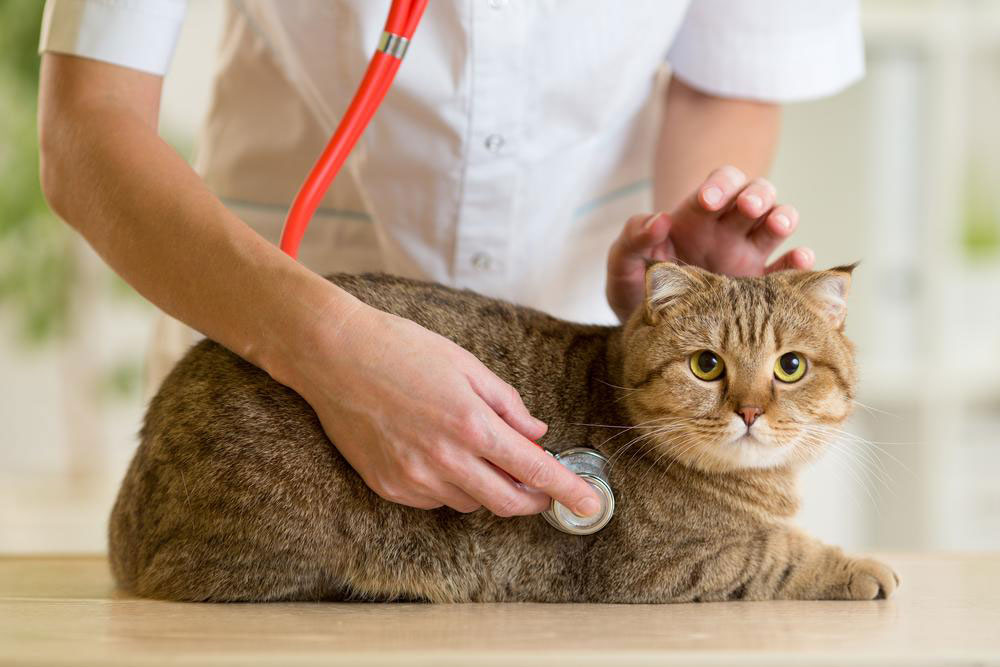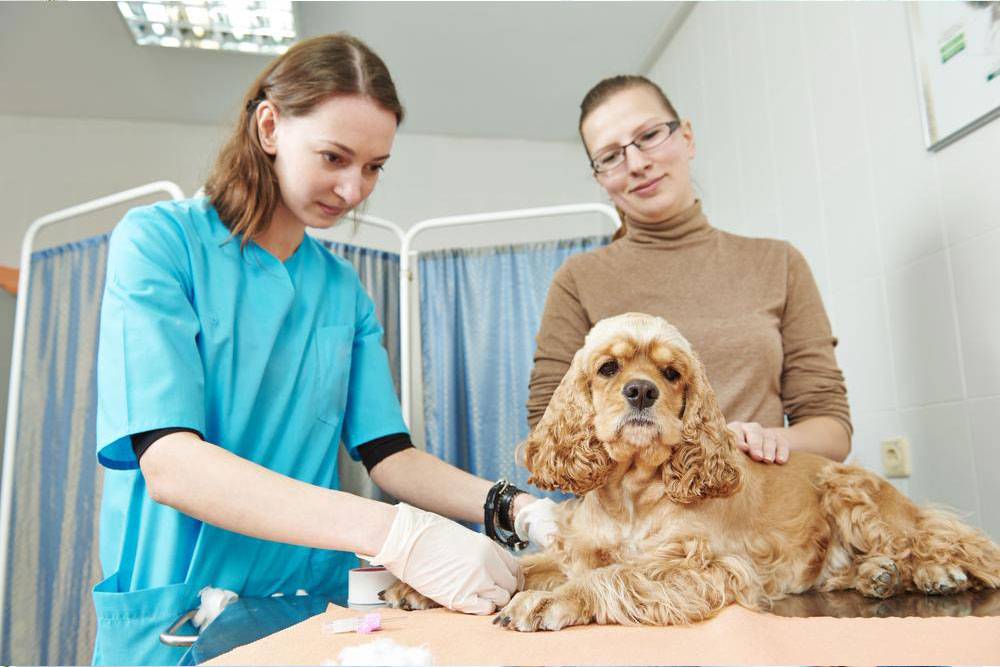Essential Guide to Pet Insurance: What Every Owner Should Know
This guide highlights essential aspects of pet insurance, including coverage options, benefits, costs, and top providers. It helps pet owners understand how insurance can safeguard their pet's health and finances, emphasizing the importance of being prepared for both emergencies and routine care. With various plan types available, owners can select coverage tailored to their pet’s needs, ensuring peace of mind and comprehensive protection.

Essential Guide to Pet Insurance: What Every Owner Should Know
Key Facts About Pet Insurance You Should Know
Caring for a pet involves significant responsibility, especially during health crises. To protect your furry friend financially and medically, pet insurance is an invaluable resource. It helps cover veterinary costs in emergencies, including illnesses and accidents. If you’re unfamiliar with how pet insurance works, this guide provides an overview of its benefits, coverage options, and types. Being prepared ensures your pet receives timely care without financial strain.
Peace of Mind – Owning a pet is emotionally rewarding, yet costly when health issues arise. Pet insurance allows you to avoid financial regrets by ensuring necessary treatments are accessible, ultimately safeguarding your pet’s health.
Reduces Out-of-Pocket Expenses – Alongside basic veterinary visits, coverage can extend to costs like hospital stays, imaging, and lab tests, saving you money on comprehensive care.
Coverage Variety – Different plans offer varying levels of protection, covering many health-related expenses based on your choice.
Being prepared for unpredictable health conditions means investing in pet insurance, which supports both emergency needs and routine checkups.
Preparedness for Aging Pets – As pets age, regular health examinations become essential. Pet insurance not only covers emergencies but also helps manage ongoing wellness checks.
What Does Pet Insurance Typically Cover?
Injuries and Accidents
Illnesses
Veterinarian consultations
Medicines
Diagnostic procedures, like blood work and imaging
Dental injuries due to accidents
Alternative therapies such as physiotherapy or hydrotherapy
Some healthcare costs may not be included or may be optional, with additional premiums. These include:
Routine vaccinations and checkups
Behavioral and dental treatments
Pre-existing conditions
Grooming services
Spaying/neutering
Complex procedures like organ transplants
Emergency kennel stays
Intentionally harming the pet is excluded from coverage.
Types of Pet Insurance Plans
Accident-Only – Covers injuries from accidents such as vehicle impacts, bites, or ingestion of toxins. Ideal for young, healthy pets.
Accidents & Illnesses – Offers protection for injuries and common diseases like infections or hereditary issues, with certain exclusions.
Comprehensive – Includes accident and illness coverage plus preventive care and behavioral treatments, suitable for aging pets.
Cost of Pet Insurance
The monthly premium can range from $5 to $100, depending on coverage, deductible, and pet’s health profile. Higher deductibles lower premium costs.
Top Pet Insurance Providers
Healthy Paws
Embrace
Nationwide
AKC Pet Insurance
Pet Plan
Pets Best
Figo
Trupanion
Note:
This article offers comprehensive insights into pet insurance to help owners make informed decisions. While based on thorough research, it should not replace professional advice. Insurance options and policies vary, so review specific plans for suitability. We disclaim responsibility for data discrepancies or missed opportunities that may benefit owners differently.










